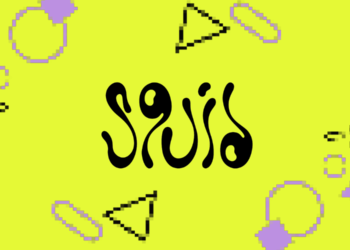When immersing oneself in a virtual environment, the acoustics can make or break the experience. Spatial audio, also referred to as 3D audio, is an integral part of the virtual reality experience This technique is used to create a sound which originates from a specific point in the virtual world. This attributes to create a realistic virtual reality environment.
Spatial Audio Is Difficult To Master
Just like we experience in the real world, the virtual surroundings need to adhere to strict rules to make them believable. More specifically, sounds need to originate from their proper location. In the world of virtual reality, this is known as spatial audio. To create an immersive experience, the sound factor needs to be on point at any given time. Failure to do so will cause a disconnect between the player and the environment.
Spatial sound allows the player to hear sound all around them. When walking through a virtual sewer, one would expect to hear the sound of water, rats, and noise from above ground all around you. Failure to recreate such a situation will result in a disappointing VR experience, to say the least. Moreover, spatial audio is capable of tracking the audio based on the user’s head movements. These movements need to be recorded properly by the VR headset being used.
It is in our nature to move our head in the direction of sound. Footsteps on the left will make us look left automatically. Doing so means we need to hear the footsteps nearly in front of us, rather than still to the left. If the spatial audio is not adjusted accordingly, the while immersion factor is reduced to near zero. This may sound simple to achieve on paper, but it is rather difficult to do so properly in reality.
It is impossible to create a believable VR environment without spatial audio. Sound is the key component when it comes to creating a truly immersive environment. This is especially true when creating a horror experience, for example. Making sure sounds come from all around the player and shift accordingly based on the user’s head movements can result in generating real goosebumps.
If you liked this article make sure to follow us on twitter @thevrbase and subscribe to our newsletter to stay up to date with the latest VR trends and news.











